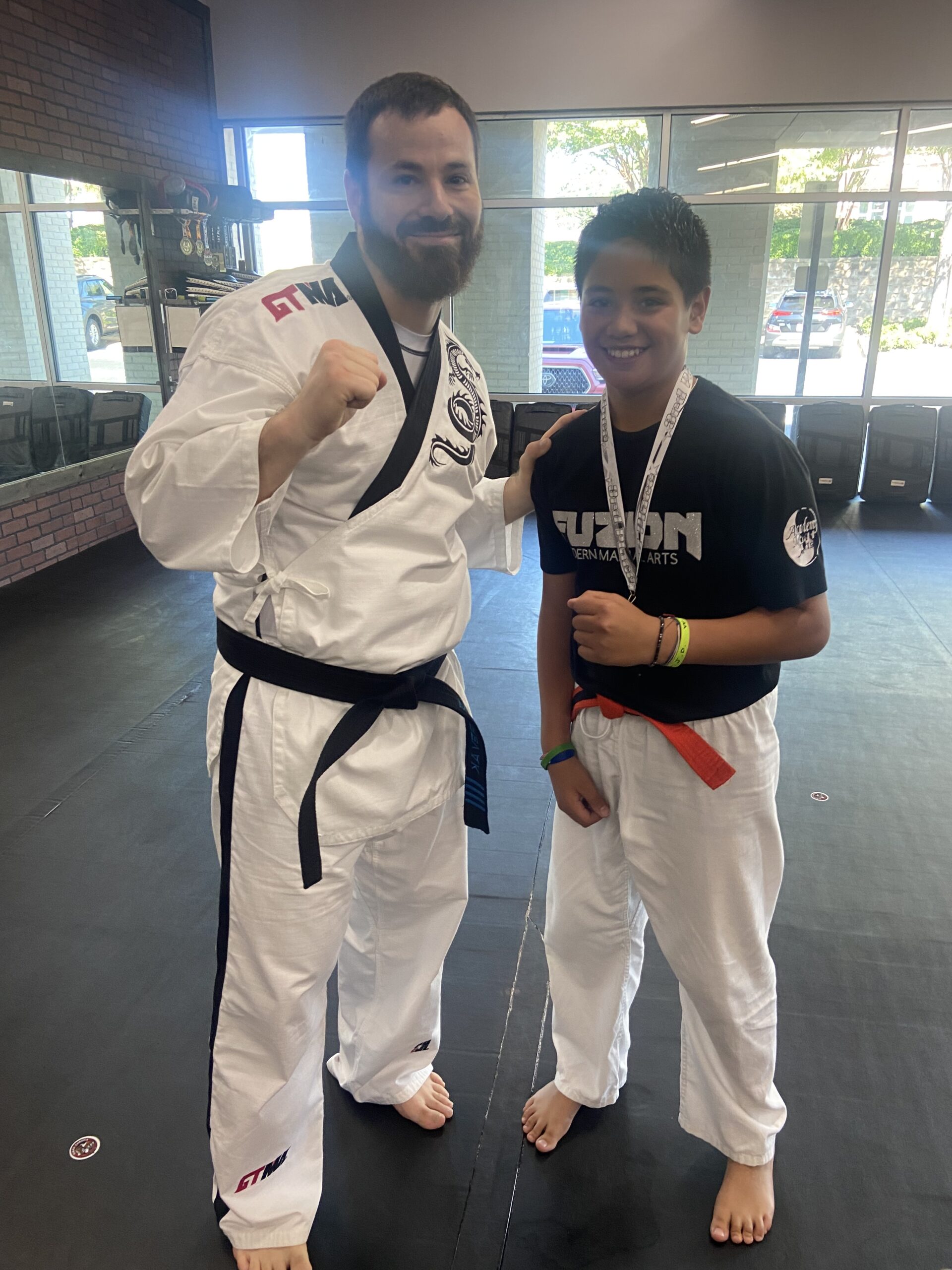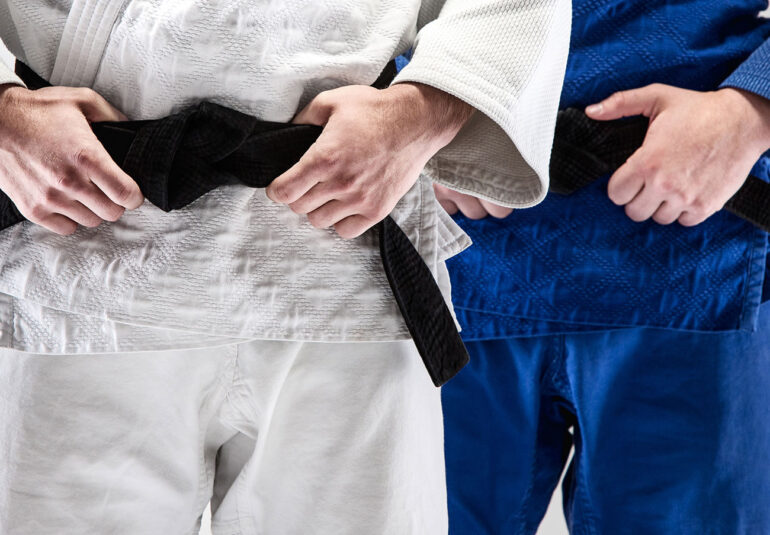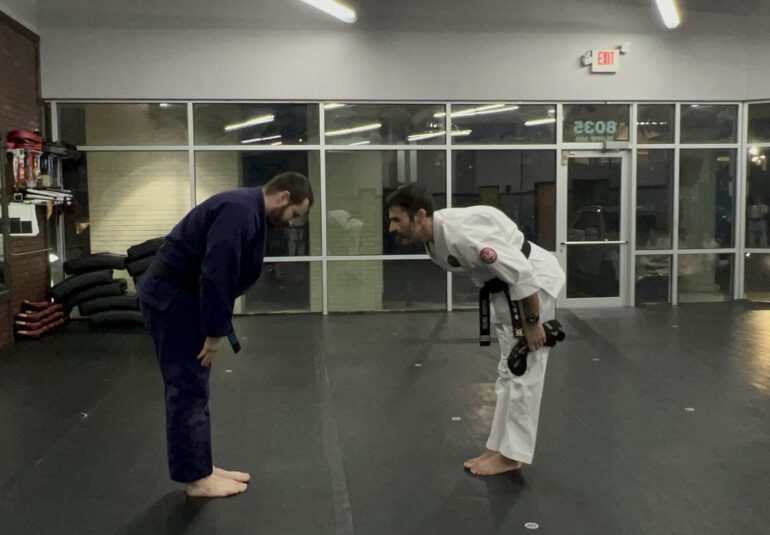
- 147
Once revered as the ultimate path to discipline, self-defense, and personal growth, traditional martial arts like Karate, Taekwondo, Kung Fu, and Aikido have seen a decline in popularity over the last couple of decades. While these practices still hold a devoted following, they no longer dominate the martial arts landscape the way they once did. So, what happened?
The Rise of MMA and Combat Sports
Mixed Martial Arts (MMA) has surged in global popularity thanks to promotions like the UFC. It combines effective techniques from various disciplines—Muay Thai, wrestling, Brazilian Jiu-Jitsu—resulting in a style that’s geared more toward practical application than ritual or tradition.
For many people seeking self-defense or real-world fighting skills, MMA is seen as more “effective” than traditional arts, which can sometimes be criticized for being too theoretical or stylized.
Cultural Shifts in Fitness Preferences
The fitness world today leans heavily toward fast results, HIIT workouts, functional training, and convenience. Traditional martial arts often require a long-term commitment and a lot of patience. Progress is gradual, and belt advancement can take years.
In a world used to instant gratification, the slow and steady pace of traditional martial arts can be a hard sell.
Perception of Practicality
Some critics argue that traditional martial arts, with their kata (forms), stances, and ritualistic movements, aren’t practical for modern-day self-defense. While this isn’t necessarily true—many traditional techniques are deeply effective when understood in depth—this perception affects enrollment.
People often ask: “Will this actually help me in a real fight?” And if they’re unsure, they might skip it altogether.
Time and Commitment
Let’s face it: traditional martial arts demand time and dedication. Classes are typically multiple times per week, and there’s often an expectation of practice outside of class. In today’s busy world, not everyone is ready to make that kind of commitment—especially when alternative fitness or self-defense options seem less intensive.
Commercialization and Quality Control
Over the years, some martial arts schools became what are sometimes called “McDojos”—places more focused on making money than teaching authentic martial arts. Belt ranks are handed out too easily, and the deeper principles of martial arts are glossed over.
This has led to a dilution of quality in some areas, which turns off serious students and damages the reputation of traditional styles as a whole.
Less Cultural Curiosity
In earlier decades, Eastern philosophies and cultural practices felt mysterious and intriguing in the West. Martial arts offered a window into those cultures. But in a globally connected world, that mystique has faded a bit. Cultural exposure is just a Google search away, and younger generations may not feel the same awe or respect for centuries-old traditions.
Lack of Media Representation
Movies in the ’70s, ’80s, and ’90s were filled with martial arts legends like Bruce Lee, Jackie Chan, and Jean-Claude Van Damme. Those films inspired millions to step into a dojo. Today, superhero movies, sci-fi, and streaming content dominate pop culture, and martial arts just don’t hold the same spotlight.
Traditional martial arts are rich in history, discipline, and philosophy. They teach respect, patience, and personal growth—qualities that are arguably more needed than ever. But their decline in popularity reflects broader cultural and lifestyle shifts.
That said, there’s still a place for traditional martial arts today. Many people are rediscovering them for the very reasons they were once so popular: self-discipline, mental clarity, and a deep sense of personal achievement. Perhaps the trend will come full circle—and the next generation will find value in blending tradition with modern life.


